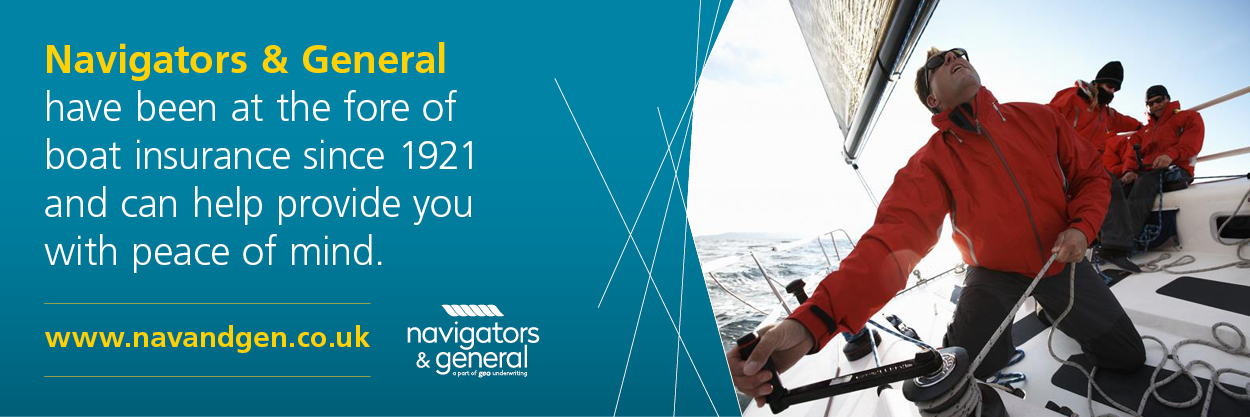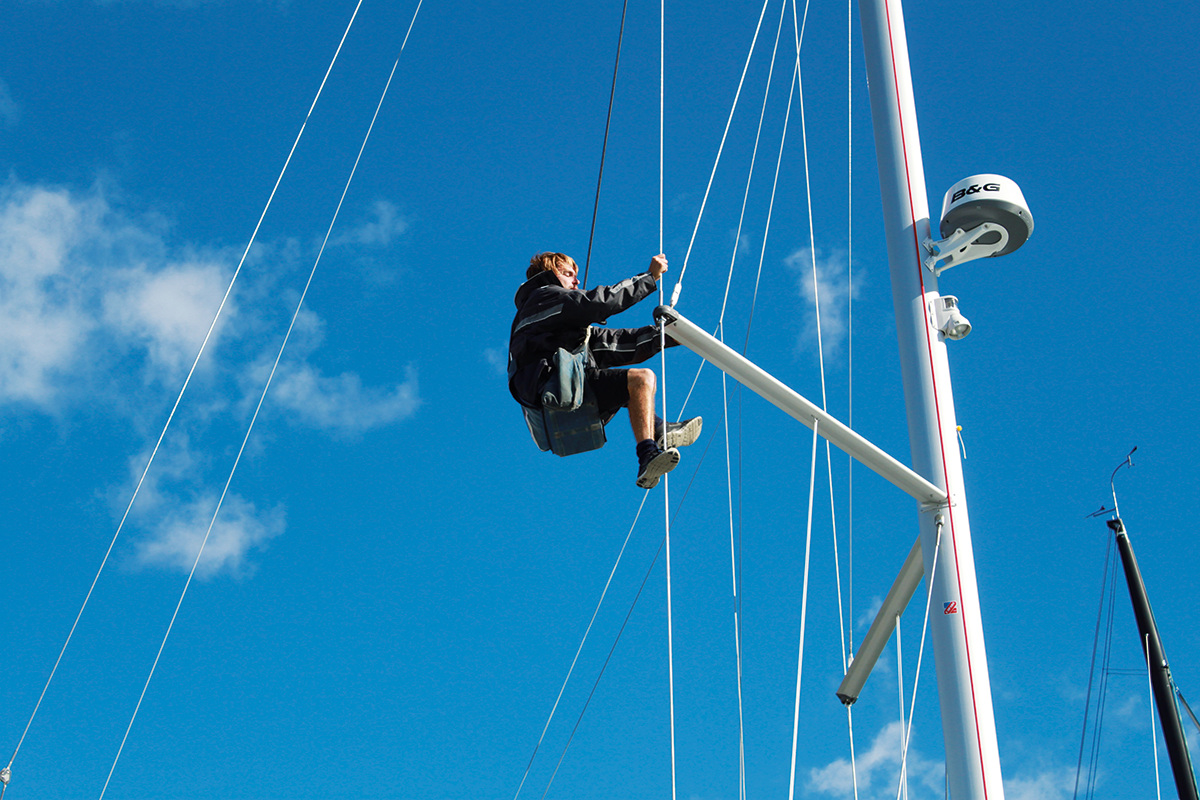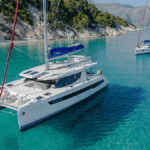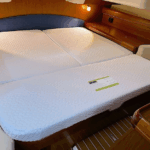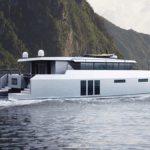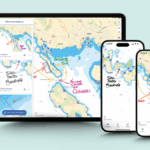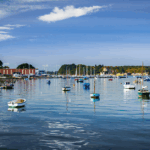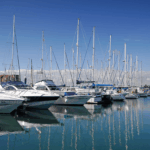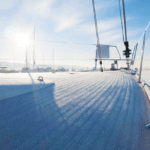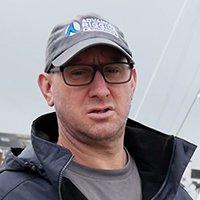 Whether you are gearing up for a transatlantic adventure, lining up for an offshore race or setting your sights on a full circumnavigation, your rig is one area where compromise simply is not an option.
Whether you are gearing up for a transatlantic adventure, lining up for an offshore race or setting your sights on a full circumnavigation, your rig is one area where compromise simply is not an option.
Longer passages under sail place continuous strain on a yacht’s mast and rigging. Unlike shorter coastal trips, extended offshore sailing means enduring dynamic loads, primarily downwind and often with heavy swells, for thousands of miles. Without careful preparation and regular monitoring, even minor flaws in the rig can escalate into major issues at sea.
To understand what ‘ocean-ready’ really means, we spoke to Neil Brinsdon, Managing Director at Advanced Rigging and Hydraulics, who has advised many yacht owners – including ARC and World ARC participants – on how to prepare their rigs to safely cross oceans.
PROFESSIONAL INSPECTION
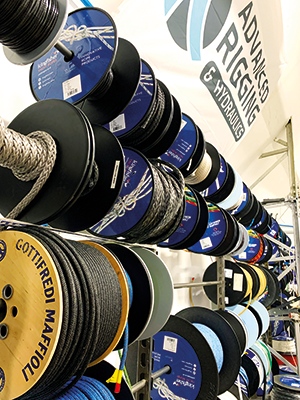 Before thinking about provisioning or passage planning, book a comprehensive rig inspection by a qualified professional. In fact, many insurance policies require one for offshore coverage.
Before thinking about provisioning or passage planning, book a comprehensive rig inspection by a qualified professional. In fact, many insurance policies require one for offshore coverage.
Ideally, your inspection should be carried out in your home port well before you depart, giving you ample time to easily address any issues before you go. Depending on your yacht’s age and maintenance history, this could be anything from a visual check aloft to a full survey, including unstepping the mast.
Neil Brinsdon encourages owners to be involved in the process: “It is a great opportunity to learn more about your rig, get hands on experience and ask any questions, but make sure you also get a full written report noting any wear, replacements or red flags, so you can address these as soon as possible.”
If you plan to sail locally before departure, consider scheduling a second check closer to your leaving date – especially if you have made any changes or pushed the rig hard in the interim.
SPARES, TOOLS AND SELF-RELIANCE
Once offshore, you need to be entirely self-sufficient. That means having the right spares, the right tools and the knowledge and confidence to use them.
Your offshore kit should include:
● Clevis and split pins
● Rigging terminals
● Dyneema lashings and spare halyards
● Rigging tape, shackles, tangs and friction rings
Do not neglect the tools: bolt croppers, spanners, screwdrivers and adjustable wrenches should be rust-free, functional and easy to access. Storing them deep in a locker will not help if you need them in an emergency.
While mast climbs at sea are rare, they are occasionally necessary. Ensure the skipper and at least one crew member are comfortable with going aloft. Practice while in the marina, establish clear communication protocols and double-check safety equipment. Before setting sail, photograph key rigging components – spreader bases, masthead, gooseneck – for reference in case something changes mid-passage.
PRE-VOYAGE DECK-LEVEL CHECK
In the final days before departure, carry out a detailed deck-level rig inspection with your crew.
Check:
● Standing rigging and chainplates
● Running rigging, furlers and halyards
● Turnbuckles, tangs and spreaders
● Fasteners and cotter pins (secure and taped)
● Deck fittings and attachment points
Use a checklist specific to your yacht. Look for hairline cracks, corrosion, movement or fatigue. Feel for chafe around clutches and sheaves. Any UV-damaged or worn lines should be replaced.
This is also the time to check sheaves rotate freely, furlers run smoothly and all moving parts do what they are meant to. If it is not 100 per cent, fix it now – do not wait until you are underway.
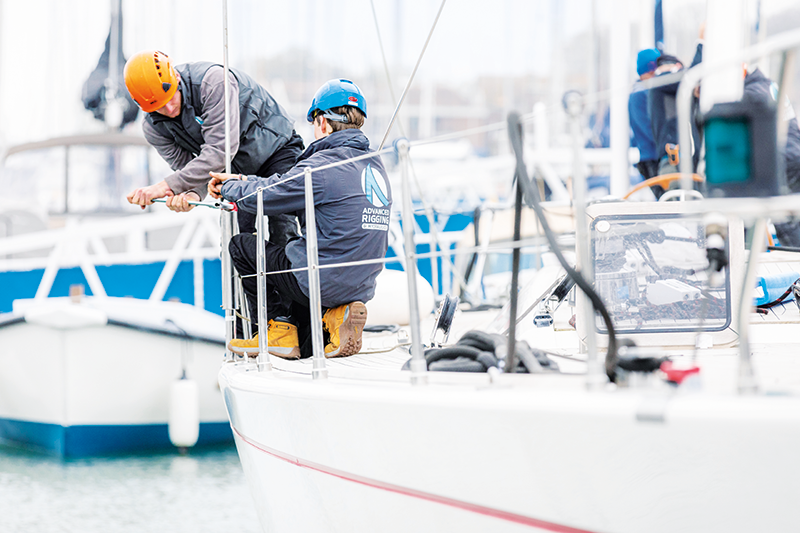
DAILY IN-TRANSIT RIG CHECKS
Out at sea, a quick five-minute rig check per watch can prevent any major failures. You do not need special tools – just your hands, eyes and a pair of binoculars.
Get the whole crew involved and trained to:
● Scan shrouds and stays for tension and strand separation
● Look for chafe or discolouration on halyards and sheets
● Listen for unusual creaks or vibration when under load
● Use the binoculars to inspect the masthead and spreaders
Trade wind sailing creates repetitive motion that can wear through lines or loosen fittings surprisingly fast. Preventers, reefing systems and boom controls should be checked regularly. This level of vigilance not only prevents emergencies, it gets every crew member contributing to the boat’s safety.
DO NOT SKIP THE POST-PASSAGE CHECK
Arriving is a big moment – but before you celebrate, your rig needs one more inspection. Use your original pre-departure checklist and compare notes and photographs. Look for:
● Hardware that is moved or worn
● Chafe in halyards or sheets
● Any elongation, corrosion or slack in fittings
Log your findings and schedule any needed repairs before your next passage. This is also the time to evaluate your rig’s offshore performance, what worked, what did not and what might need upgrading.
A seaworthy rig is not just a box to tick, it is central to your yacht’s offshore performance. With thorough planning, professional guidance and daily discipline, you will not only reduce your risk at sea, you will sail with confidence.
As Neil puts it: “When you are weeks from shore, prevention is always better than cure. A well-prepared rig is the foundation of both performance and safety offshore.”
Need more guidance or gear?
For rigging inspections, technical advice and offshore-ready spares, visit advancedrigging.co.uk




